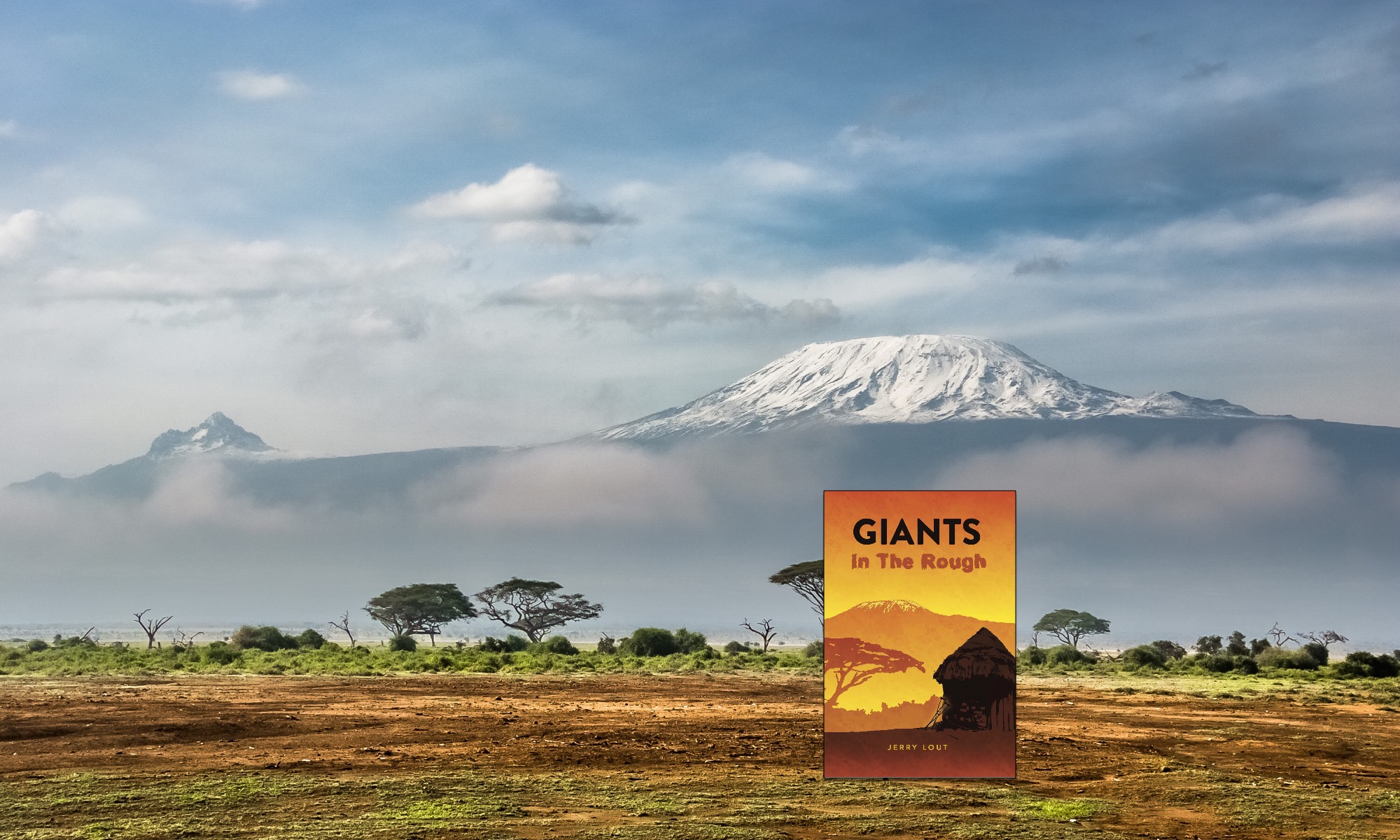Warm the bench.
The high, red-brick gymnasium overshadowed our school’s single-story classrooms.
Parked on the cold bench with fellow player-wannabees, my gaze dropped to the tennis-shoed polio foot at the end of my left leg.
My rear end’s the best thing this bench ever saw come its way. I’ll keep this wood plank warm all season.
I looked up to the scrimmage happening on court. My melancholy eased. Look at those Petit brothers. Perspiration glistened on their lithe ebony forms. Wow, amazing their fitness. . . and their moves. Effortless.
So it seemed.
* * * * * * * *
A common link binds me presently to four athletes.
Colton, the youngest and his sister, Tara (high school junior) practice lobbing free throws. Every day. They scramble after rebounds for their teams. Moments later their coach barks, Work it inside, move the ball inside!
After practice the siblings breeze along four miles of dirt road to their Oklahoma farm home – to chores, and homework. To laughs with family at the wood-burning stove.
The third athlete in the quartet – Luke, the ninth-grader – schools in Kenya. Luke keeps fit for what’s up next. . . Rugby, volleyball? Calls made in the game of rugby land strangely on American ears. . . scrum awarded – collapsing ruck. . . Given the sport’s intensity, ‘Rugby-moms’ are known to gasp at certain calls – bleeding wound. . .
Grace rounds out athlete number four. On the Congo playing field rigorous training tunes her ears to soccer calls. Corner kick – yellow card. On it goes.
I thrill taking in games, studying pics of these my grand-athletes. Some nearby, some far.
My mind revisits the Petit brothers of Preston High. And the term so readily voiced before. Effortless.
No. The thing that is going on out there – over the squeaking shoes – the pivots, the fakes, the twirling leaps. Nothing accidental’s going on out there. Not a thing.
My thoughts shift to another dimension. To life. All of life.
Whatever goes on with a person that actually counts. Language acquisition, architecture, athletics – or that makes for exceptional living – those actions demand something. On-purpose, precise, repetitive action. While dreaming, hoping.
My fabulous four athlete-grandkids practice. They’re keeping fit. They train..
I’ll never suit up for the NBA. Or charge down a soccer field defying blockers and goalies. I won’t (God forbid) kick shins – or have shins kicked – in a rugby scrum.
Every athlete has an aim.
In the contest of life every follower of Jesus has an aim. Really, an aim beyond the highest aspirations of any physical athlete. The aim is dual in nature, fashioned amazingly God himself.
Being transformed by renewing the mind, the way we think.
Let Christ be formed in you – our becoming like him. In word and action.
Great, we say. So. How’s this done? How?
Good news it is possible. He will help us.
To train, to practice, to be made fit. Till new ways become, not ill-fitting, but natural. Something we call – as Jesus did – the light burden – the easy yoke.
I lean down. Cold bench, warm bench. . . no matter. Lacing my shoes I cock my ear to the coach’s call,
Time to train.
©2016 Jerry Lout



